
Have you ever been hit with a shockingly high transmission repair cost? You’re not alone. “The only way to truly save is to understand what you’re paying for,” said a wise mechanic. If you’re tired of unexpected auto repair costs, exploring how they break down can make a difference. Whether it’s getting a transmission service or gearing up for a full transmission replacement, a little knowledge goes a long way. Understanding the factors affecting these costs can turn stressful repairs into manageable expenses.
Transmission problems can be tricky and expensive if ignored. Checking the transmission fluid, understanding the gearbox’s role, or identifying car transmission issues early can save you from a hefty bill. With proper transmission maintenance and timely diagnostics, you can keep your car running smoothly and avoid the dreaded transmission failure. It’s just like learning to change gears smoothly—once you get the hang of it, everything else falls into place.
Ready to save on your next visit to the mechanic? Dive deeper into understanding transmission needs and avoid costly surprises. Your wallet will thank you!

In the article
- Breaking Down Transmission Repair Cost
- The Importance of Transmission Maintenance
- Identifying Car Transmission Issues
- Exploring Transmission Parts
- Evaluating Transmission Replacement
- Keys to Reducing Auto Repair Costs
- Learning About Transmission Repair Cost
- Making Informed Decisions
- Setting a Budget for Repairs
Breaking Down Transmission Repair Cost
Understanding the Basics
Let’s talk about what affects a transmission repair cost. There are several factors to consider. The type of car you have is one of them. Luxury cars often cost more to repair. Why? Because their parts are pricier and sometimes harder to find. Another factor is whether you have an automatic or manual transmission. Automatic systems are usually more complex. This complexity can lead to higher costs. Plus, the extent of damage can greatly impact pricing. Minor issues might only require a quick fix. But major problems? Those might need expensive parts or a complete rebuild.
Labor rates also play a major role. Different shops charge different hourly rates. For instance, a specialty shop might charge more. Yet, they might offer better services. It’s a trade-off you’ll have to consider. Additionally, where you live can make a difference. Urban areas often have higher labor rates than rural ones. And don’t forget diagnostic tests. Proper diagnostics, while costing extra, are vital. They ensure mechanics know exactly what to fix.
Types of Repairs Needed
Not all transmission repairs are equal. Some repairs are simple. They might involve replacing a faulty sensor. Or perhaps fixing a minor leak. These won’t break the bank. On the other hand, more serious repairs are costly. If a major component fails, the bill increases. Sometimes, a full transmission rebuild is needed. This involves taking everything apart and fixing it. It’s a labor-intensive process but necessary in certain cases.
Another significant repair might be the replacement of the torque converter. This part is crucial in automatic transmissions. When it fails, your car might not move correctly. Replacing it can be expensive. But it’s important for your car’s performance. You might also face the need for a transmission replacement. It’s a last resort typically. But if your transmission is beyond repair, it’s required. While costly, it breathes new life into your car.
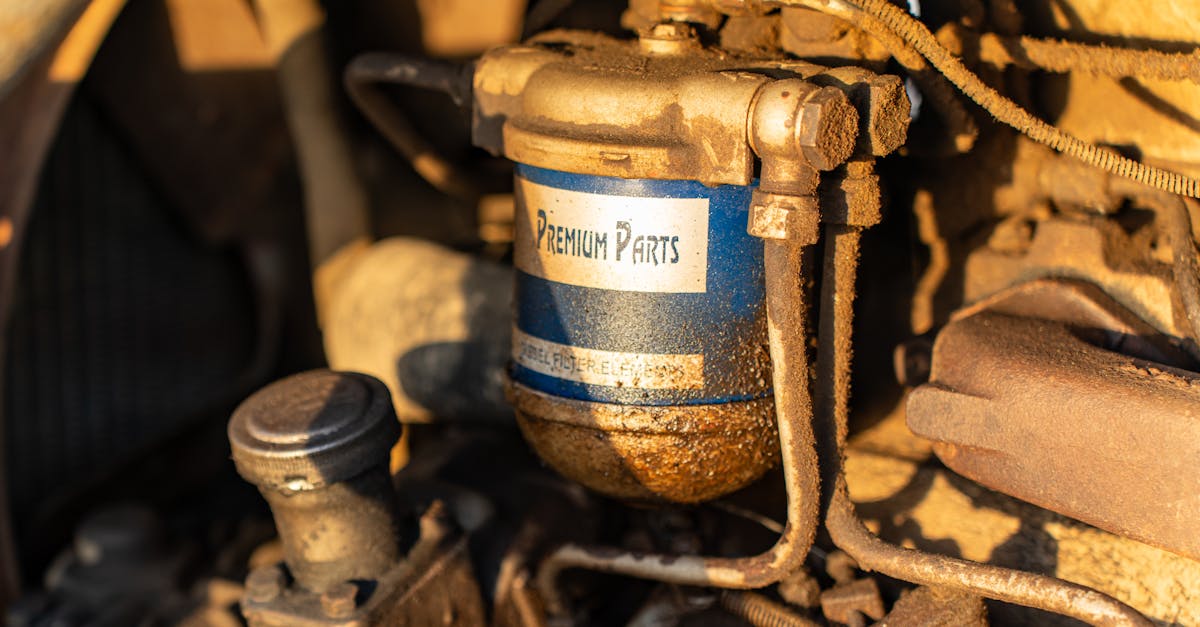
The Importance of Transmission Maintenance
Regular maintenance is your best friend when it comes to extending the life of your transmission. Think of it as giving your car a much-needed check-up. Regular care prevents major issues down the road. You wouldn’t skip brushing your teeth for months, right? It’s the same with your transmission. Regular maintenance keeps things running smoothly and avoids bigger auto repair costs.
Routine Transmission Service
Routine transmission service is like feeding your car a balanced diet. It keeps everything working in harmony. What does this involve? Well, it includes several things. First, you should check fluid levels regularly. Transmission fluid is crucial for lubrication. It keeps parts moving smoothly, reducing wear and tear. Low fluid levels can lead to overheating and damage.
- Fluid level checks
- Filter replacements
Filters are another key component. They trap dirt and debris. Over time, they can become clogged. Replacing them ensures your transmission remains clean. It’s a small step that prevents more significant problems. Regular service might seem like an expense. But it’s a smart one. It saves you money in the long run.
Transmission Fluid Change
Transmission fluid is vital. It lubricates the gears and keeps them cool. Without it, friction increases. This can lead to serious damage. How often should you change it? Generally, every 30,000 to 60,000 miles is a good rule. However, always check your car’s manual. Some vehicles might require changes more frequently. Regular changes help in maintaining your car’s health.
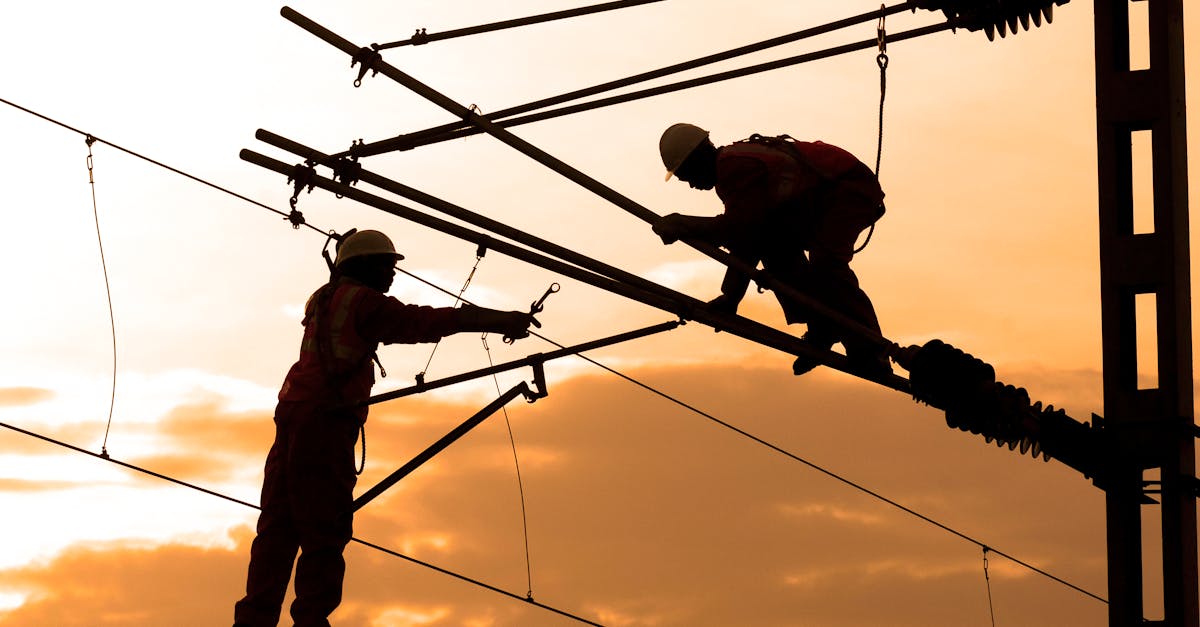
Identifying Car Transmission Issues
Common Problems
Identifying car transmission issues early saves you money and stress. One common issue is delayed gear shifts. You might notice hesitations when changing gears. This could be a warning sign. Another issue is unusual noises. Clicking, humming, or clunking sounds should get your attention. Ignoring them can lead to bigger problems.
Leaking fluid is another red flag. It often appears under your car as a reddish puddle. Finally, if your check engine light is on, don’t ignore it. It often indicates transmission problems. Addressing issues quickly is smart. It prevents minor problems from becoming major headaches.
Transmission Diagnostics
Accurate diagnostics are essential. They help mechanics pinpoint issues. This leads to precise repairs. Skipping diagnostics can lead to costly errors. How do diagnostics work? Mechanics use special tools. They tap into your car’s computer system. This provides real-time data on performance. It helps in understanding where issues might lie.
Proper diagnosis ensures only necessary repairs are done. This avoids unnecessary costs. While diagnostics might add to the initial bill, they’re worth it. The information they provide is invaluable. You end up saving more in the long run.
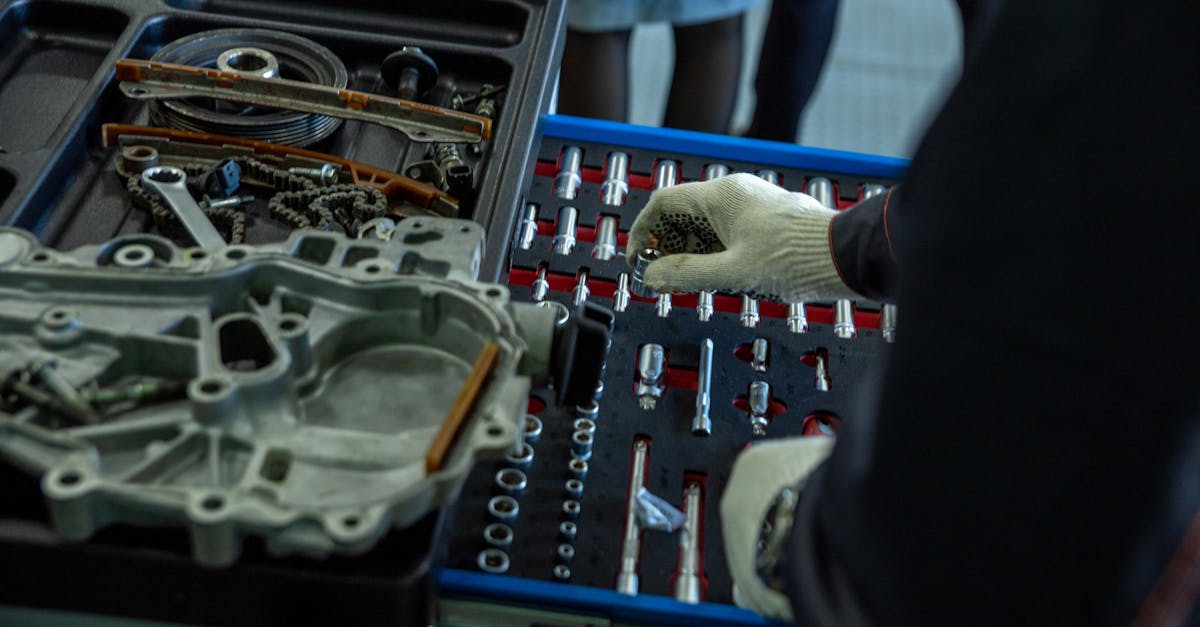
Exploring Transmission Parts
Essential Transmission Components
Understanding essential transmission components can help you better communicate with your mechanic. The transmission is made up of many crucial parts. First is the clutch, vital in manual systems. It helps engage and disengage gears. Automatic systems rely on planetary gear sets. They handle the gear ratios. Then we have the torque converter. It connects the engine to the transmission. It also multiplies torque for better performance.
Other critical parts include bands and clutches in automatics. They control gear movement. Gaskets and seals are equally important. They prevent leaks and maintain pressure. Understanding these parts helps you grasp why some repairs cost more. It also helps in making informed decisions about what repairs might be necessary.
Role of Gearbox Repair
Fixing the gearbox can be a significant factor in the overall repair cost. The gearbox is crucial for shifting. When it’s worn out, shifting becomes problematic. This can lead to further damage over time. Repairing a gearbox involves replacing or repairing damaged gears. It’s a complex task but necessary for a smooth drive.
Gearbox repair can impact costs tremendously. However, it’s important to ensure it’s done by someone skilled. A well-repaired gearbox prolongs transmission life. It reduces the chances of needing more extensive repairs down the line.

Evaluating Transmission Replacement
When to Consider Replacement
Sometimes, a transmission replacement is the best option. But when should you consider it? If you’ve had consistent car problems, it might be time. If repair costs exceed half the value of your car, replacement should be considered. Frequent breakdowns should also make you rethink. Replacement isn’t always the first option, though.
However, weighing the costs of repair versus replacement is vital. Rebuilds might be cheaper but don’t always solve every issue. New transmissions provide reliability. But they’re pricier. Carefully consider what’s best for your car and budget.

Keys to Reducing Auto Repair Costs
Reducing auto repair costs doesn’t have to be hard. Simple actions make a notable difference. First, let’s talk about prevention. Regular check-ups prevent bigger issues. They catch problems while they’re small and manageable. This saves you money and stress.
Regular Inspections
Frequent inspections are key. They help catch issues early. Regular inspections save money by preventing serious damage. It’s like spotting a small leak before it floods your house. Mechanics can point out wear and tear. They’ll recommend changes before things get worse.
Inspections also help maintain your car’s value. Consistent upkeep shows you care for the vehicle. It’s appealing if you ever decide to sell. Plus, don’t forget peace of mind. Knowing your car is in good shape is always comforting.
Choosing the Right Mechanic
A good mechanic makes a big difference. Choosing the right one affects your wallet. But how do you know who’s right? First, check reviews and ask around. Word of mouth is powerful. A mechanic with a good reputation likely does quality work.
Also, ask about their experience. Have they worked on your car model before? This familiarity is beneficial. A little research goes a long way. It ensures you aren’t overcharged or given unnecessary repairs.

Learning About Transmission Repair Cost
Getting Quotes
Getting quotes from different shops is wise. But don’t just look at price. Look at what’s included. Is labor part of the quote? What about parts? A lower initial price might not cover everything. Shop around to find the best deal. Compare estimates to get a clearer picture.
Ensure you’re comparing apples to apples. Some shops might offer extras. Others might have hidden fees. Clarifying these details saves frustration. It also ensures you’re not caught off guard by unexpected charges.
Understanding Labor Costs
Labor costs vary. Different shops charge different rates. But why? Experience and expertise play parts. Skilled mechanics might charge more. But they also offer better service. Equipment and shop location affect labor costs too. Urban areas with higher costs of living generally charge more.
Before agreeing to work, understand all fees. Ask shops to break down their estimates. Knowing what each charge covers is useful. This understanding helps you make better repair decisions. It ensures you’re not paying for unnecessary services.
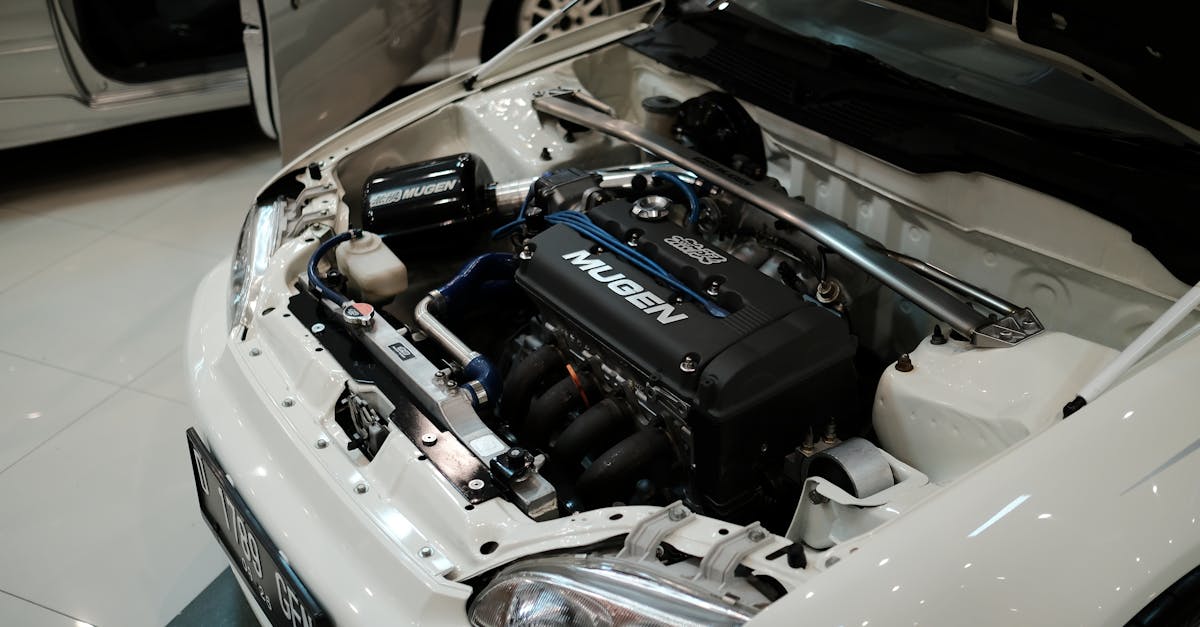
Making Informed Decisions
Your choices impact your wallet. It’s crucial to weigh your options. Making rushed decisions might end up costing you more. So, how can you make informed decisions? Start by gathering information. Learn about your car’s needs. Understand what different repairs involve.
Cost vs. Quality
Balancing quality and cost is essential. Cheaper parts might save money initially. But they don’t last as long. This means more frequent replacements. On the other hand, high-quality parts cost more. But they often last longer and perform better.
Don’t compromise on part quality. This decision impacts your car’s longevity. It affects performance, too. Spending a little more now saves money later. It’s a worthwhile trade-off for better quality.
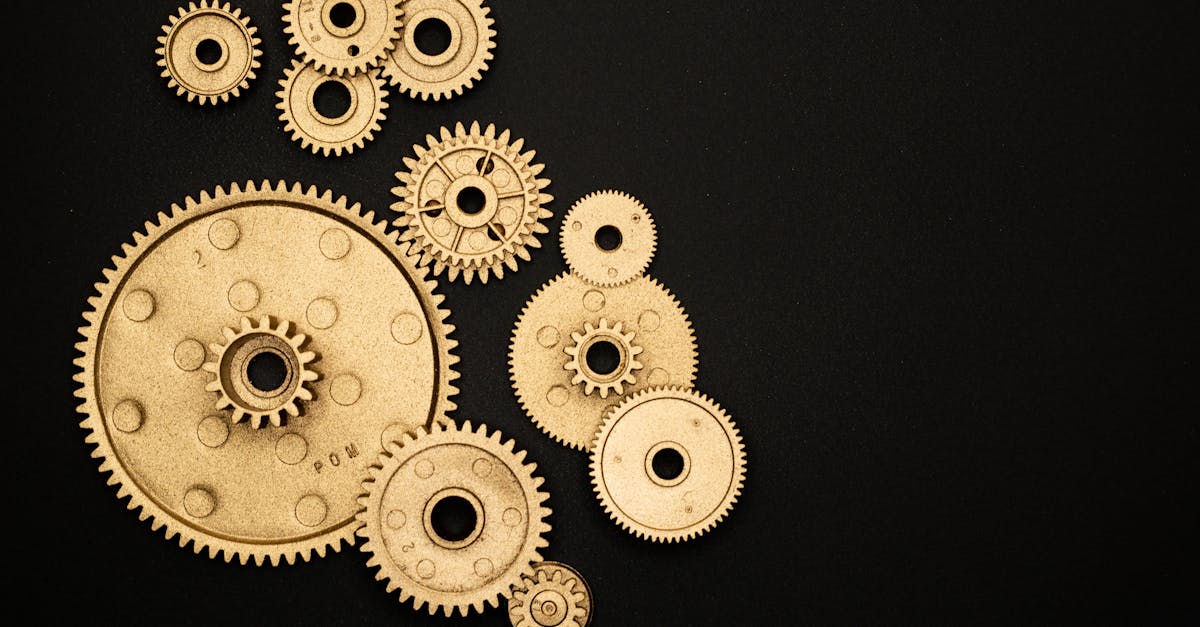
Setting a Budget for Repairs
Planning Ahead
Budgeting helps manage expenses. Start by assessing your car’s condition. Consider future repairs. Knowing what might need fixing helps. It allows you to set aside funds. This reduces stress when unexpected costs arise.
Preparing for Unexpected Costs
It’s smart to have a cushion for unforeseen repairs. Saving for emergencies benefits you. It means you’re not scrambling when something breaks. Emergency funds ease stress significantly. They also mean you won’t have to cut corners on repairs.
Preparedness offers peace of mind. You’ll face fewer financial surprises. Even setting aside a small amount regularly helps. Eventually, it accumulates. This becomes a valuable safety net for your car’s needs.
Wrap It Up with Savings
Grasping the factors influencing auto repair expenses can lead you to significant savings. Armed with this knowledge, you can better manage your money, avoid unnecessary expenses, and extend your vehicle’s life. An informed approach lets you choose the right transmission service and avoid costly pitfalls. Understanding these details empowers you to take charge of your car maintenance and make wise decisions.
Now, consider inspecting your vehicle’s gearbox regularly and staying vigilant for signs of trouble. You might want to check the transmission fluid and schedule a transmission diagnostics appointment with your mechanic. These small steps can prevent bigger issues down the road and ensure your vehicle remains reliable. It’s also helpful to explore different shops and compare costs before deciding on a transmission replacement or repair.
Time to take the wheel and make proactive choices! Don’t wait until your car problems escalate. Start by scheduling a routine check-up and keep those savings rolling in. You got this!
